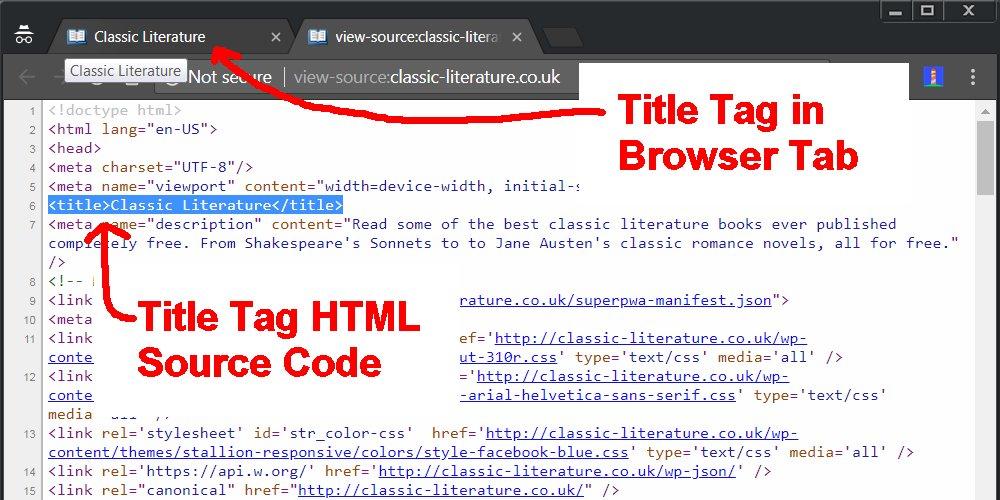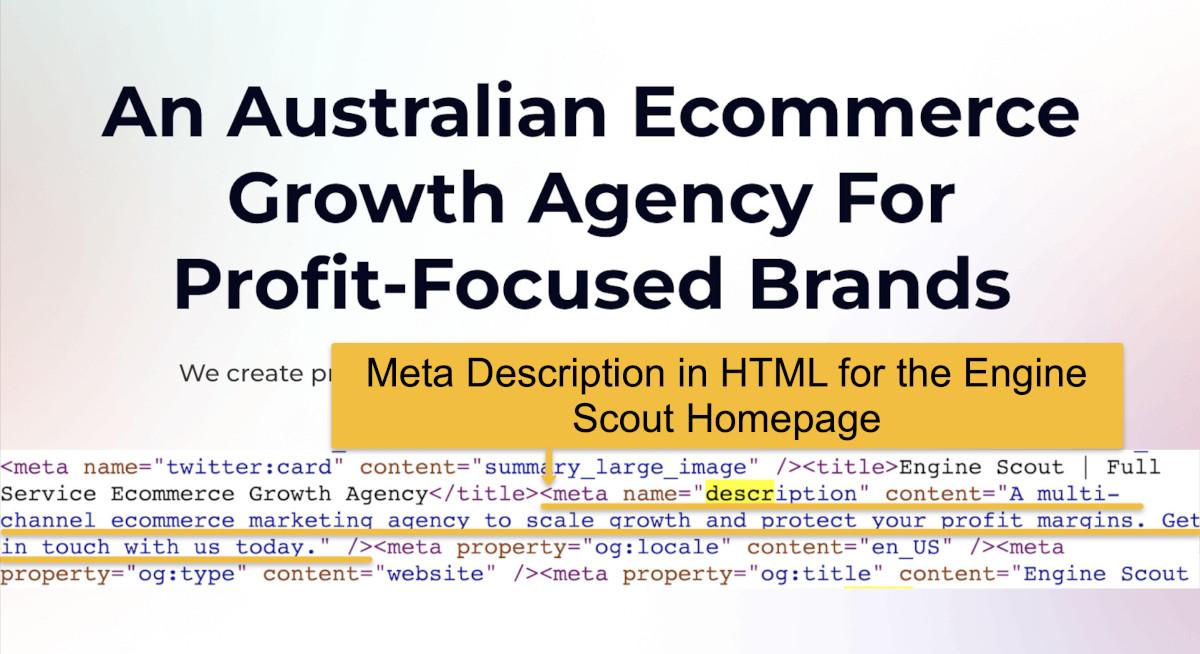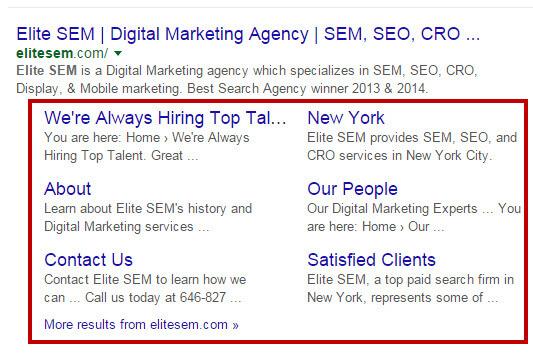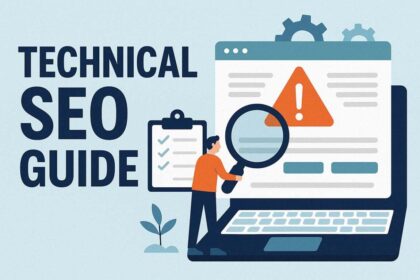In the sprawling digital landscape, where attention spans are fleeting and competition is fierce, the success of a website often hinges on its visibility. Enter the realm of SEO metadata optimization—a nuanced art that can transform a simple web page into a beacon for search engines and users alike. Like a painter deftly choosing colors to evoke emotions, website owners and marketers must strategically craft their metadata to capture the essence of their content while appealing to search algorithms. This article delves into the art and science of SEO metadata optimization, revealing the techniques, strategies, and intricacies that can help unlock the potential for success in the ever-evolving world of online marketing. Whether you’re a seasoned digital strategist or a curious newcomer, understanding the power of metadata is key to enhancing your web presence and drawing in the audiences you seek.
Understanding SEO Metadata and Its Importance in Digital Marketing
SEO metadata plays a crucial role in enhancing the visibility of your digital content. At its core, metadata refers to the information that provides context about your web pages to search engines and users alike. This includes elements like title tags, meta descriptions, and alt attributes for images. When optimized effectively, these components can significantly influence click-through rates and search engine ranking positions. By incorporating relevant keywords and crafting compelling descriptions, you set the stage for a user-friendly experience that informs readers while appealing to search engine algorithms.
Furthermore, understanding the nuances of metadata can lead to more targeted audience engagement. Implementing structured data, for instance, can facilitate rich snippets, which highlight important details such as ratings, prices, and reviews directly in search results. This not only enhances the user experience but also increases the likelihood of attracting clicks. Consider the following key elements of SEO metadata:
| Metadata Component | Importance |
|---|---|
| Title Tag | Defines the page title in search results; vital for SEO. |
| Meta Description | Sells the content; a persuasive snippet to encourage clicks. |
| Alt Text | Enhances image accessibility; improves SEO through keyword optimization. |

Crafting Compelling Title Tags to Boost Click-Through Rates
Creating an effective title tag is akin to designing a storefront window—a strong first impression can compel visitors to step inside. Keyword placement is crucial; ensure that the primary keyword appears at the beginning of the title to enhance its visibility in search results. Additionally, consider the character limit; a concise title remains fully visible, ideally between 50 to 60 characters. To maximize appeal, incorporate emotional triggers or questions that resonate with your target audience. Here’s a quick guide to crafting your titles:
- Start with the main keyword
- Keep it under 60 characters
- Incorporate action words to elicit response
- Make it relevant to the content
- Add numbers for list articles to increase effectiveness
Moreover, experimenting with different title structures can yield higher click-through rates. A/B testing various formats can reveal what resonates best with your audience. Utilizing power words—like “ultimate”, “easy”, or “free”—can spark curiosity and encourage clicks. Below is a comparative table illustrating the impact of various title tag strategies:
| Title Structure | Example | Engagement Level |
|---|---|---|
| Question | “What Are the Best Strategies for SEO?” | High |
| Numbered List | “10 Proven Tips for SEO Success” | Very High |
| How-to | “How to Optimize Your SEO Metadata” | Moderate |
| Descriptive | “Unlocking the Secrets of SEO Metadata” | High |

Maximizing the Impact of Meta Descriptions on User Engagement
Crafting captivating meta descriptions is a vital step in enhancing user engagement. These short snippets serve as the digital storefronts for your content, and their effectiveness can significantly influence click-through rates. To maximize this impact:
- Be concise: Aim for around 150-160 characters to ensure your description isn’t cut off in search results.
- Incorporate keywords: Use primary and secondary keywords naturally to improve relevance and search visibility.
- Create a sense of urgency: Phrases like “Join now” or “Limited offer!” can encourage users to act quickly.
- Reflect content accurately: Misleading descriptions can lead to high bounce rates and damage your site’s credibility.
Experimenting with different styles and tones can also yield surprising results. Testing variations in your descriptions allows you to analyze user engagement effectively. Consider this simple framework:
| Tone | Description Example |
|---|---|
| Informative | Discover the top 10 SEO strategies that can boost your site traffic today! |
| Conversational | Wondering how to rank better? Here are some tips we swear by! |
| Urgent | Don’t miss out! Improve your website’s visibility now with our expert tips! |
By applying these principles and experimenting with various tones, you can unlock the potential of your meta descriptions to draw in a larger audience, ultimately leading to increased engagement and success.

Best Practices for Implementing Schema Markup to Enhance Visibility
Implementing schema markup is crucial for elevating your website’s visibility and enhancing the search engine experience. To start, it’s essential to identify the types of schema relevant to your business. Common types include:
- Article
- Product
- Local Business
- Event
- Recipe
Once you’ve chosen the appropriate schema, ensure it’s properly integrated into your website’s HTML. Using tools such as Google’s Structured Data Markup Helper can simplify this process. Additionally, validate your markup with Google’s Rich Results Test to ensure it’s error-free. Deploying structured data not only improves your chances of rich snippets but also contributes to better click-through rates, fostering user engagement.
| Type of Schema | Benefits |
|---|---|
| Article | Enhances visibility in search results, showcases rich snippets. |
| Product | Displays pricing, availability, and reviews, increasing purchase likelihood. |
| Local Business | Improves local search rankings, attracting more foot traffic. |
The Conclusion
As we reach the conclusion of our exploration into the intricate world of SEO metadata optimization, it’s clear that this often-overlooked facet of digital strategy holds the key to unlocking success in the online arena. Like the fine brushstrokes of a masterful painting, well-crafted metadata paints a clearer picture of your content for search engines, guiding them and visitors alike to appreciate the depth and richness of what you offer.
By understanding and implementing the principles outlined in this article, you’re not just enhancing your visibility; you’re crafting an invitation for users to engage with your ideas. In a digital landscape that is constantly shifting, staying attuned to the nuances of SEO metadata can set you apart from the noise, leading to increased traffic, improved rankings, and, ultimately, greater success.
So, as you embark on your journey towards SEO mastery, remember: every title, description, and keyword is a stepping stone toward a more prominent online presence. Embrace the art of metadata optimization, and let your content shine brighter than ever before. The path to success is paved with thoughtful strategy and creativity—now it’s time for you to unlock your potential. Happy optimizing!



